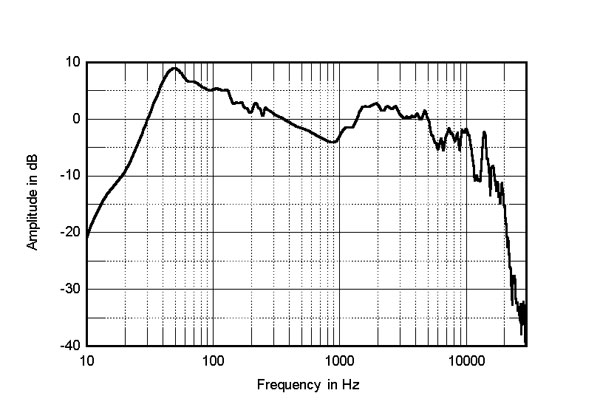Just a reminder as some seem to be confusing some issues again.
No use arguing with the Klippel results. They are accurately done as if you did them in an anechoic chamber. For monopole, bipole, dipole or broken drive-in theater squawk box they are accurate.
In room measures like REW will have a downward slope because of an artifact of doing measurements that way. If you had the world's perfect speaker with absolute amplifier flat response in an anechoic chamber, and used REW to measure it on axis in the listening room, the result would slope about 3 db/decade or a bit less than 1 db/octave.
In between those you expect due to room gain and possible other factors for the low end below a room's schroeder frequency to be elevated a few db vs the anechoic result.
JA's testing is quasi-anechoic and you have to combine woofer close up measures with the rest and guestimate how to append the low end. There have been a number of knowledgeable people critical of how JA does this. His low ends seem to be too elevated in general over many speakers.
Here is a nice white paper on the topic.
http://audio.claub.net/software/FRD_Blender/White Paper - Accurate In-Room Frequency Response to 10Hz.pdf
BYRTT, MZKM, edechamps, and of course Amir give you these wonderful graphs of how things work that aren't available anywhere else.
Audiophiles are often critical of objectivist audiophiles saying we don't everything there is to know about sound. For most of our gear that isn't a transducer there isn't any mystery. Loudspeakers however is an area where there are still some questions. But don't throw out the great data at our disposal because your sacred ox is gored by results. And remember, I own big panel speakers. So I know how you feel.

